I can’t believe it’s been over a year since I wrote my last blog!
While I don’t make new years resolutions, I do have a mental ‘To Do’ list for the year which includes writing about my art, about local artists and makers and about what inspires me…..starting now!
I am excited to be running some local art workshops this Spring, experimenting with gel plate printing, so I thought my first blog of 2020 can be a brief look into this fun printmaking technique. All the details about my workshops can be found on my ‘Stockists, Events and Workshops’ page of my website and on my social media pages.
I love how the results are unpredictable, you never can guarantee what marks will be lifted onto the paper. I used this technique, followed by the addition of paint, to create last years best selling ‘Bee’ designs.
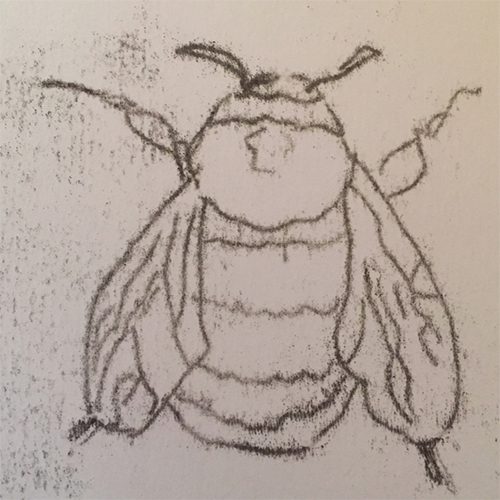
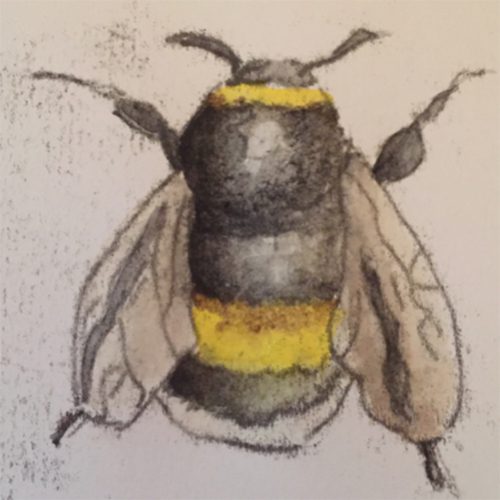
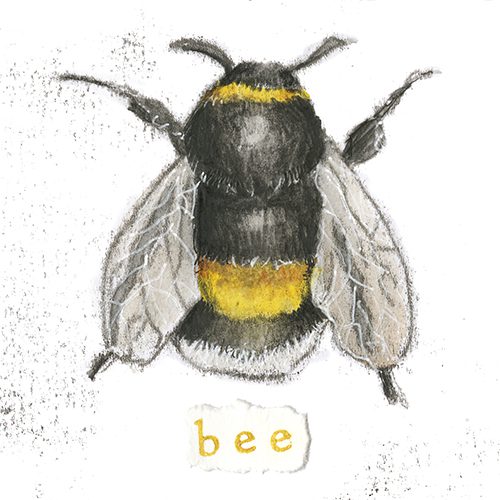
As with monoprinting, you add a medium to the surface of the plate using a brayer (roller). I use standard acrylic paints and in the future want to experiment with alcohol inks and different types of acrylics (high flow and heavy body). You can then scrape marks onto the inked gel plate, you can use stencils and stamps or found objects to add texture.
The next step is to press your paper onto the plate, gently moving your hand over the area to push it down onto the ink before carefully lifting the paper back to reveal the results….known as ‘pulling a print’ .
I’ve enjoyed using leaves from the garden as stencils, creating natural silhouettes. It’s been interesting to also see the printed results you can achieve once you remove these leaves off the inked surface and take another print; the ability to capture the patterns of the veins on paper.
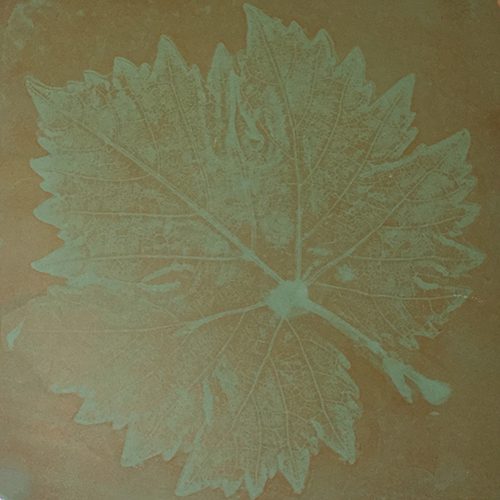
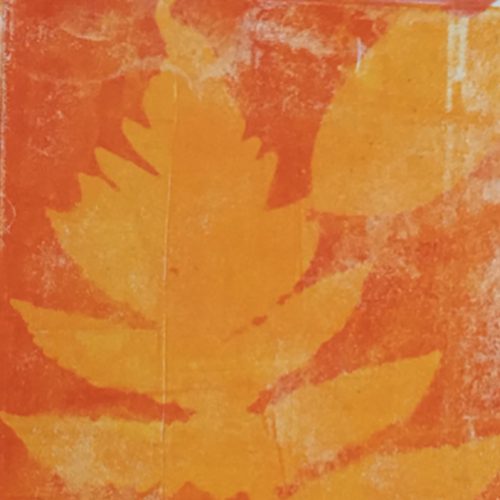
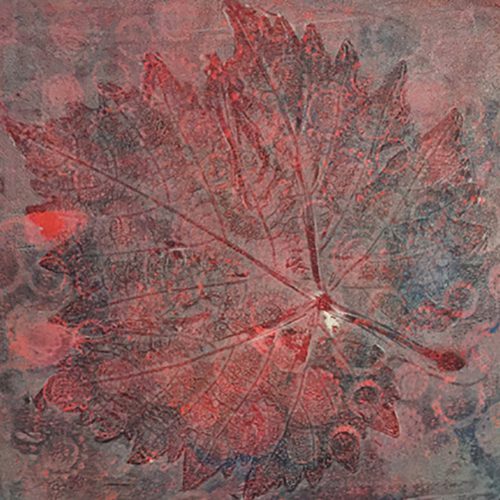
When using acrylic to create these prints you’ll find the artworks dry quickly, so it’s quite exciting to build up layers of colour and texture using the same piece of paper, all within a short space of time.
I’ve experimented with different weights and styles of paper, which has created lovely delicate prints as the below images show.
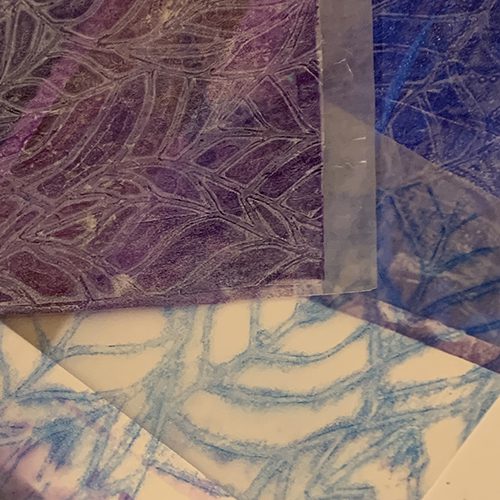
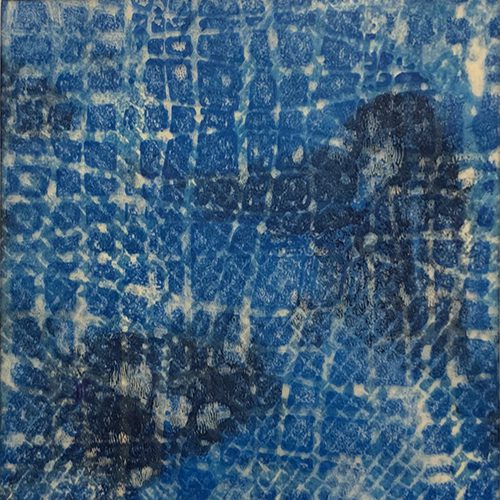
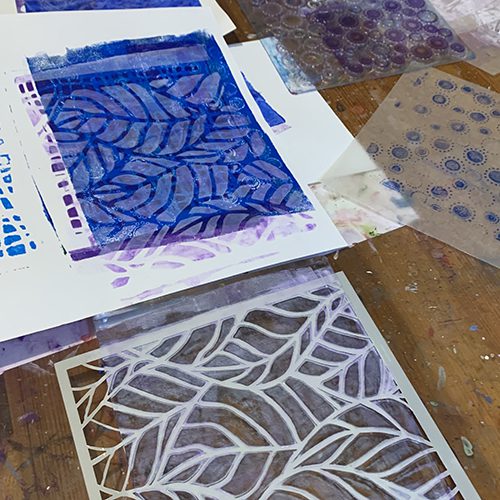
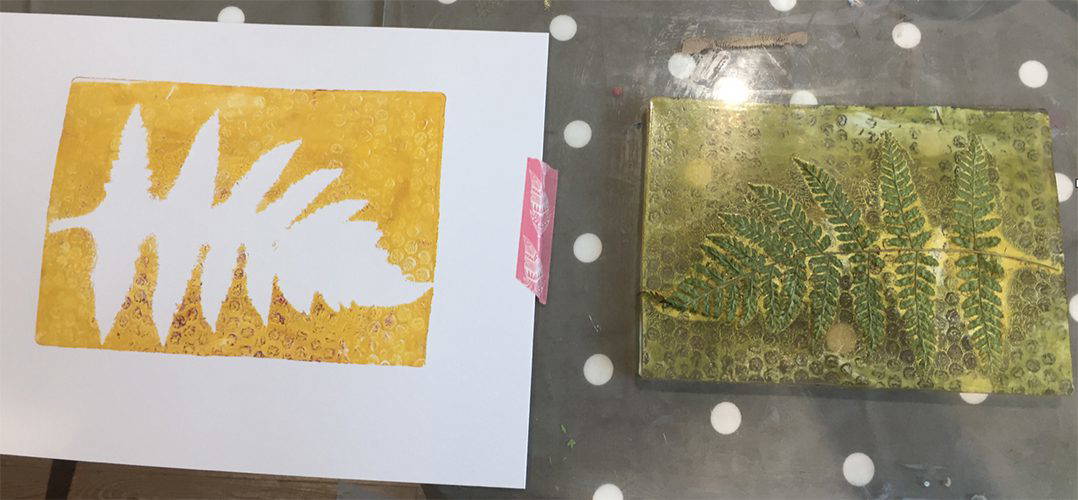
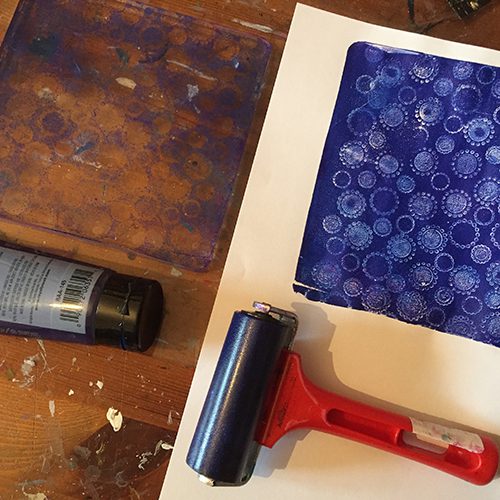
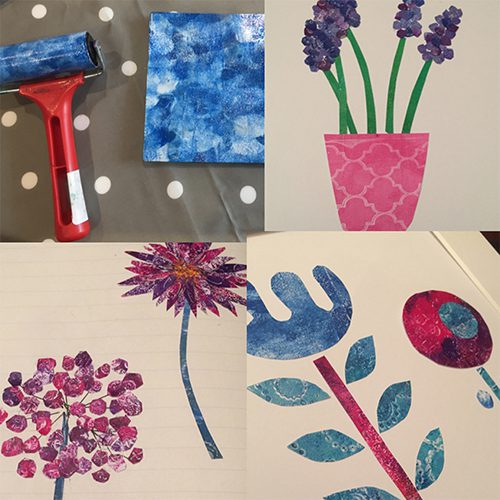
Very interesting to see your progression and development of your practice. Can’t wait to see how it develops.